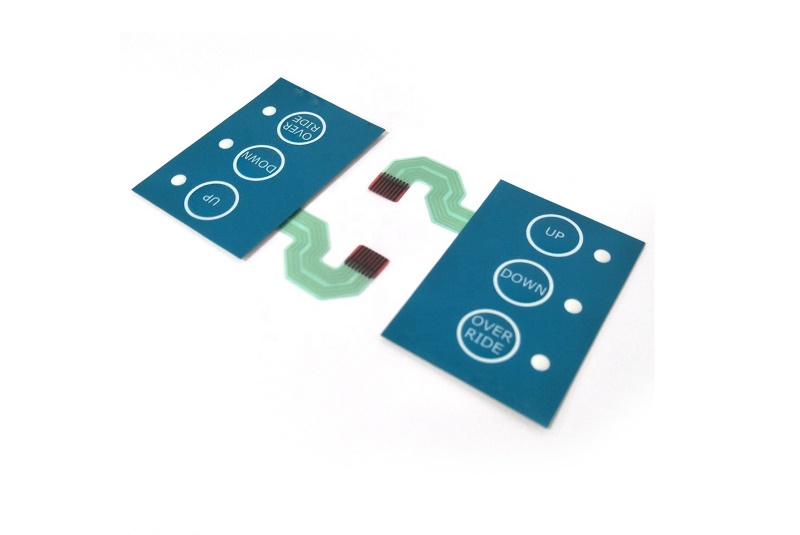The membrane switch structure plays a vital yet often overlooked role in the functionality of countless electronic devices. From medical equipment to industrial control panels and consumer electronics, the membrane switch structure provides the tactile response and interface reliability that users depend on every day. Behind every clean, flat interface lies a highly engineered multilayer system designed for precision, durability, and seamless user interaction.

What Is a Membrane Switch Structure?
A membrane switch is a user interface component that activates electrical circuits through pressure applied to specific layers. The core structure of a membrane switch typically consists of:
Graphic Overlay: The top printed layer with text and icons that users interact with.
Spacer Layer: Separates the circuit layers and prevents accidental contact.
Top Circuit Layer: Contains conductive traces aligned with the overlay.
Bottom Circuit Layer: Works with the top layer to complete the circuit when pressed.
Rear Adhesive Layer: Bonds the switch to the application surface.
Additional layers may include tactile domes for physical feedback or shielding for EMI protection.
Why Membrane Switch Structure Matters in Usability
The carefully designed membrane switch structure directly affects user experience:
Tactile Response: Enhanced by metal or polyester domes, providing a click-like feel.
Durability: Sealed layers resist moisture, dust, and chemicals.
Thin Profile: Allows sleek designs and integration into compact products.
Custom Graphics: Printed overlays support branding and intuitive layout.
Backlighting & Embossing: Improve visibility and accessibility for users in various environments.
Every detail in the switch’s structure contributes to the performance of the final product.
Applications Across Industries
Thanks to their versatility and reliability, membrane switch structures are widely used in:
Medical devices (infusion pumps, monitors)
Industrial equipment (control panels, machinery interfaces)
Consumer electronics (microwaves, remote controls)
Military & Aerospace (rugged, sealed environments)
Fitness & gaming devices (durable, responsive input systems)
Their ability to withstand demanding conditions while maintaining smooth operation makes them a trusted solution across markets.
Customization and Integration Possibilities
Modern membrane switch structures can be enhanced with a wide range of features:
LED or EL backlighting
Capacitive touch technology integration
Transparent windows for displays
Chemical-resistant coatings
Anti-microbial overlays for healthcare environments
This flexibility makes them ideal for OEMs designing product-specific interface solutions.
Why Choose Singway Electronic Group?
At Singway Electronic Group, we specialize in precision-engineered membrane switch structures tailored to your exact application. From concept to production, we deliver switches that are not only functional but optimized for performance, reliability, and user satisfaction.
Why Singway?
Custom layer design and engineering expertise
High-quality materials with proven durability
Full-service support from design to assembly
Global delivery and competitive pricing
Contact us today to explore how Singway can elevate your product with a membrane switch solution that’s engineered from the inside out.
